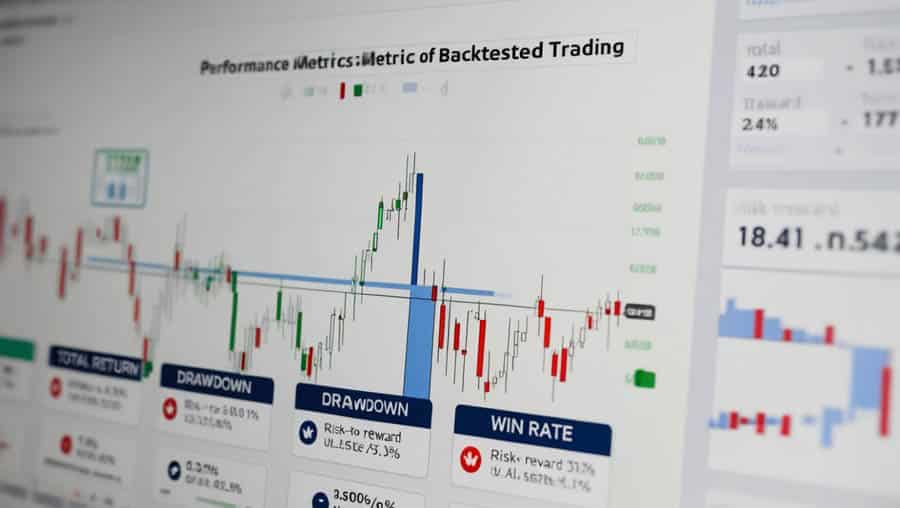The Dual Moving Average (Dual MA) strategy is a simple yet widely used technical analysis tool designed to identify trend changes in the market and generate trading signals. This strategy involves two moving averages—a short-term (fast) and a long-term (slow)—and uses the crossover points between them to determine the timing for buying or selling.
Strategy Overview
Short-term (Fast) Moving Average: This line reflects the average price of an asset over a recent period (e.g., a 5-day moving average). It reacts quickly to price changes.
Long-term (Slow) Moving Average: This line reflects the average price over a longer period (e.g., a 20-day moving average). It responds more slowly to price changes.
The core idea behind the Dual MA strategy is to use the crossover of two moving averages of different lengths to generate trading signals. For example:
When the short-term MA crosses above the long-term MA, it’s called a “Golden Cross”, signaling a buy.
When the short-term MA crosses below the long-term MA, it’s called a “Death Cross”, signaling a sell.
A golden cross typically indicates growing market optimism. Investors expect prices to rise, fueling further buying and price increases. On the other hand, a death cross reflects market pessimism, with widespread selling that drives prices down.
Trading Signals
- Golden Cross → Buy
- Death Cross → Sell
These are the core signals of the Dual MA strategy.
Strategy Advantages
- Simplicity: The Dual MA strategy is straightforward, easy to understand and implement, making it accessible to all types of investors.
- Versatility: It can be applied to various markets and asset classes, including stocks, forex, and commodities.
- Flexibility: Investors can tailor the timeframes and parameters of the moving averages to fit their trading style and goals.
Strategy Drawbacks
- Lagging Indicator: As a tool based on historical prices, moving averages tend to lag, which may lead to suboptimal entry and exit points.
- False Signals: In sideways or choppy markets, the strategy may generate multiple false signals, leading to unnecessary trades and potential losses.
- Needs Confirmation: To improve success rates, the Dual MA strategy is often used in conjunction with other indicators or tools to confirm signals and filter out noise.
Implementation Tips
When applying the Dual MA strategy, it’s important for investors to backtest it with historical data to find the most suitable moving average parameters for their style (e.g., how many days to use for each average). Additionally, combining this strategy with other technical indicators—such as the Relative Strength Index (RSI), MACD, or general market analysis—can enhance decision-making accuracy.
Java Code Example
import java.util.List;
public class DualMAStrategy {
public static void main(String[] args) {
List<Double> prices =
int shortPeriod = 20;
int longPeriod = 50;
double shortMA = calculateMovingAverage(prices, shortPeriod);
double longMA = calculateMovingAverage(prices, longPeriod);
if (shortMA > longMA) {
} else if (shortMA < longMA) {
} else {
}
}
private static double calculateMovingAverage(List<Double> prices, int period) {
int size = prices.size();
if (size < period) {
return 0.0;
}
double sum = 0.0;
for (int i = size - period; i < size; i++) {
sum += prices.get(i);
}
return sum / period;
}
}
Python Code Example
def dual_ma_strategy(prices, short_period, long_period):
short_ma = calculate_moving_average(prices, short_period)
long_ma = calculate_moving_average(prices, long_period)
if short_ma > long_ma:
pass
elif short_ma < long_ma:
pass
else:
pass
def calculate_moving_average(prices, period):
if len(prices) < period:
return 0.0
return sum(prices[-period:]) / period
prices =
short_period = 20
long_period = 50
dual_ma_strategy(prices, short_period, long_period)






